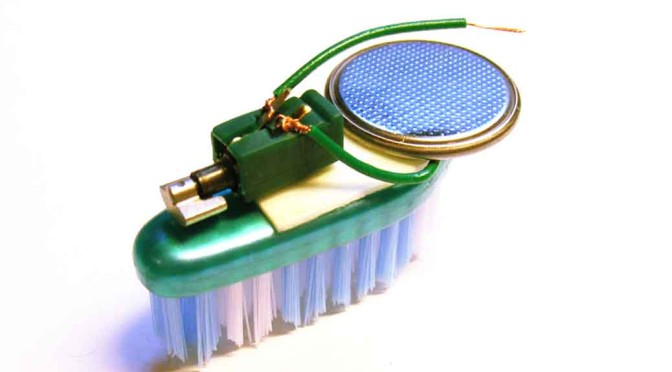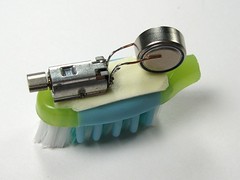By Anupum Pant
In most cases tickling yourself is tough. That is because whenever you try to tickle yourself, at the back of your head (yes, really at the back, in a part of the brain called the cerebellum) you know that the sensation was caused as a result of your own movement. That way, the brain is able to predict the sensation and is able to nullify it.
When someone else tries it on you, the brain fails to predict the movement and the somatosensory cortex and the anterior cingulate cortex fire up to make you feel the tickle.
But have you ever tried tickling yourself with a fake hand? It still doesn’t work! Even when you don’t use your direct body part, your brain knows and can predict movement. Unless of course, the fake hand is being used by someone else. It’s interesting but believable that tickling yourself with a fake rubber hand doesn’t fool the brain. But there’s more.
In fact, if you had a tickling robot which could be controlled with a remote control, you still won’t be able to use the remote to operate it and make yourself tickle. While, if some one else had the control and they tried to control the robot to tickle you, you’d feel more ticklish. Unless, there’s a delay. It blows my mind to think about that!
What if, there was a robot which could control the remote control of a tickling robot, and you could control the first one with another remote control. Would you be able to tickle yourself using this contraption? I’m saying no, you still won’t be able to tickle yourself if there was no delay in between. What do you say?
Yes, delay is crucial here. Suppose you had a long contraption which would make movements after a few seconds of delay with respect to the control (which you have in your hand), you’d feel more ticklish, if you tried. Studies say, more the delay, the more ticklish it is.
Note: People with schizophrenia can tickle themselves, using their own hands, fake hand or something else.
Remember, I started the article with “most cases”. That is because there are a couple of ways to tickle yourself successfully. Try making little circles with a soft touch behind your knee for instance. Or use a feather on the sole of your foot. Or, try making circles with your tongue on the roof of your mouth where there’s a ribbed texture…


